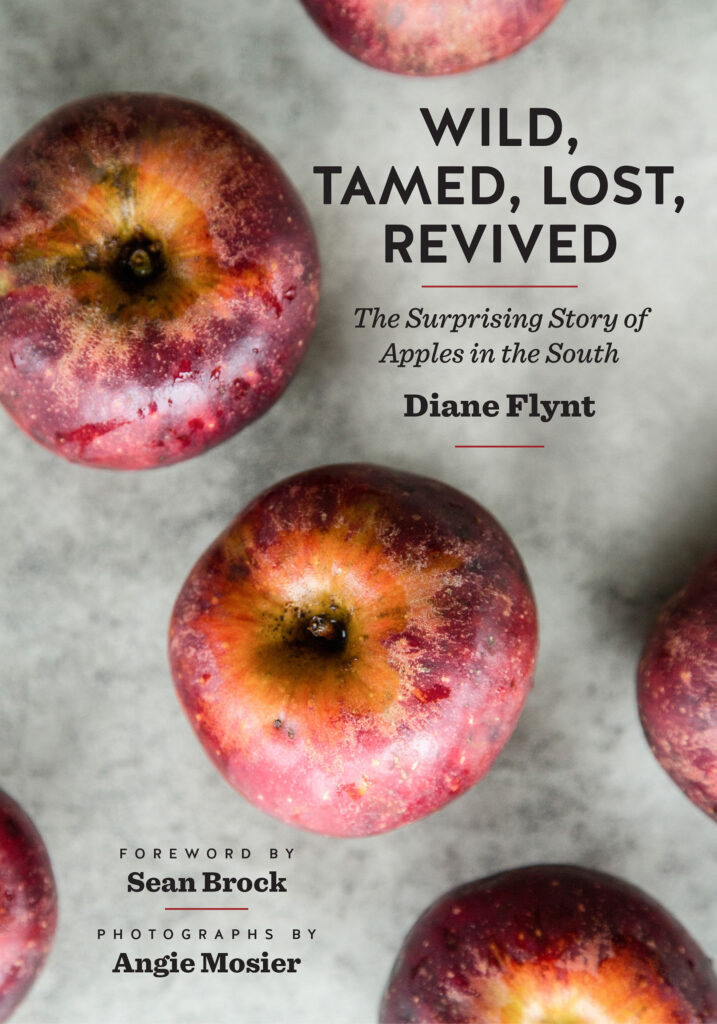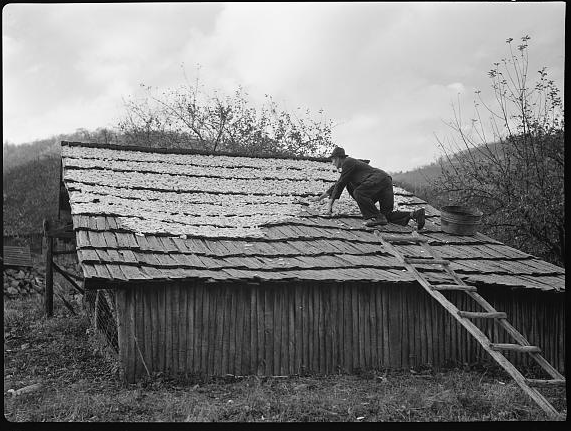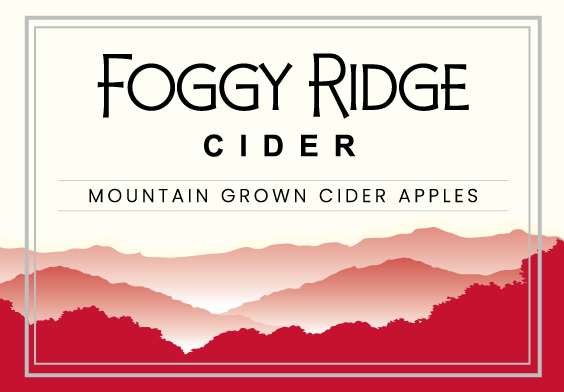
The Surprising Story of Apples in the South
by Diane Flynt
Foreword by Sean Brock
Photographs by Angie Mosier
BOOK EVENTS
“Understanding the South, one apple at a time.”
Back in the mid-1990s, Lee Calhoun, author of Old Southern Apples, inspired me to plant southern cider apples. Foggy Ridge Cider’s block of Hewe’s Crabapples was the first commercial planting of this valuable cider fruit in the 20th century. Lee’s counsel—and friendship—inspired me for two decades until his death in 2020. He taught me to look more closely at the world around me and to dig deeper for knowledge. This friendship undergirds my book, Wild, Tamed, Lost, Revived: The Surprising Story of Apples in the South, forthcoming from the University of North Carolina Press in September 2023. This book traces the complex history of apple cultivation in the South from early seedling orchards grown by indigenous people to the flowering of over 1800 apple varieties unique to the region.
For over four hundred years southerners noticed and selected apples suited to the South, apples that reflected the desires of the people who replicated them. Southern apples flourished in unexpected places, such as Mattamuskeet from the North Carolina coast or Cook’s Red Winter grown in Edisto, South Carolina. Indigenous people, enslaved men and women, and white southerners of all classes chose wild apple seedlings and replicated the apples they most treasured through grafting. The South’s most influential apple nurseries in Augusta, Georgia, Washington, Mississippi, and Pomaria, South Carolina, sold southern apple trees to an international market.
Vivid stores bring the varied tale of southern apples to life—Albemarle Pippin, the northern apple that moved south, changed its name, and found fame in Victorian England. The aristocratic Belgian who moved to a concrete house in central Georgia and altered the landscape of the South through a nursery that is now home to the Augusta National Golf Course. Readers will be surprised to learn that southern apples traveled westward with a North Carolina Quaker nurseryman on the Oregon Trail and helped found the northwest apple industry. Small farmers, plantation owners, and multiple Presidents influenced southern orchards. Apples were entwined with slavery and the theft of Indigenous land. I describe how, in less than the lifetime of a tree, southerners lost their rich apple culture, and chart a tentatively hopeful future.

Wild, Tamed, Lost, Revived explores the shift in southern farming that led to disappearance of hundreds of uniquely southern apples, and documents today’s revival of southern varieties in preservation orchards, modern cideries and multi-generation southern orchards.
This book includes the arc of my own journey as a pioneering farmer in the southern Appalachians who planted cider apples never grown in the region and founded the first modern cidery in the South. I thread my own story with archival research and interviews with orchardists, farmers, and cidermakers. The result is not only the definitive story of apples in the South, but also a new way to challenge our notions of history.

